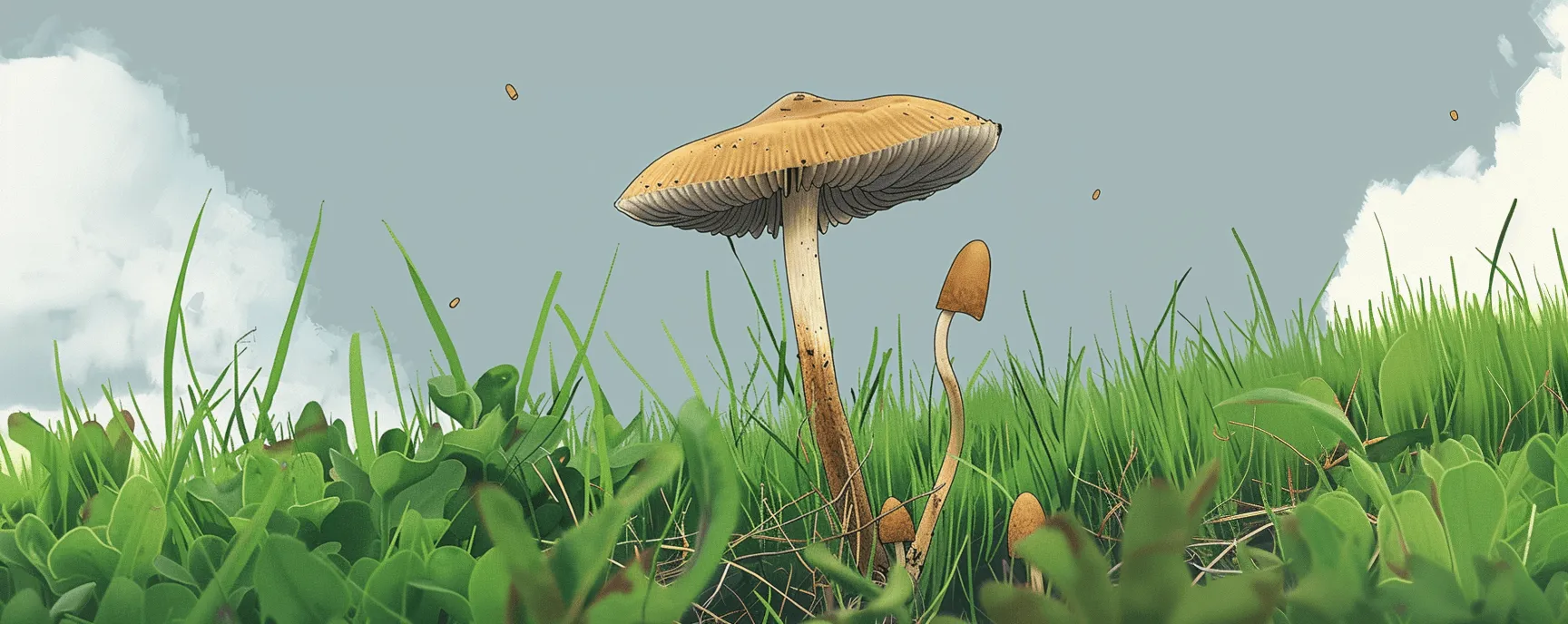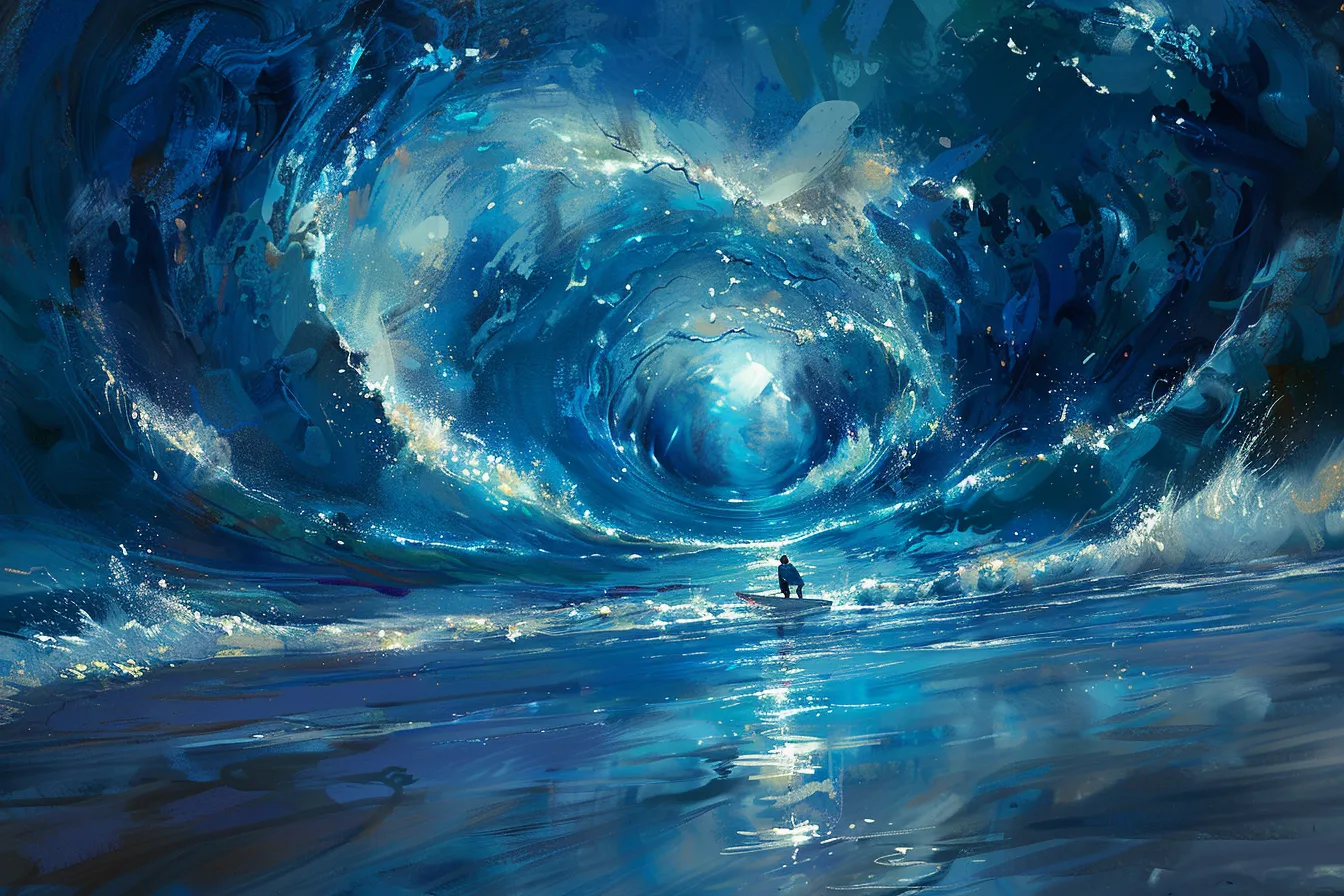Very soon after she’d inhaled a puff of the crystalline entheogen known as DMT, Danielle Bohmir realized that this psychedelic trip would be more intense than anything she’d experienced with the “Spirit Molecule” up until that point.
“I slipped into a place where I lost complete contact with waking reality as I knew it, and did not remember my surroundings or who I was at all,” she recounts. “I returned to a place that seemed very familiar. Everything that had ever happened was happening at once. I felt a presence of sorts, but no communication, at least not a banter.” A volunteer psychedelic integration specialist and graduate student of counseling at the University of the Cumberlands, Bohmir is no stranger to the earth-shattering potential held within just a few milligrams of powder.
Still, at the beginning of what would come to be among the most significant experiences of her life, she felt terrified. “But I somehow loved it at the same time because it was just so overwhelming and right,” she continues. Knowing she had no control over the situation—and attempting to maintain control would be futile, if not unbearable—she “surrendered” as quickly as she could. “I felt myself living in all the places I’d ever lived before, yet I still somehow was not in touch with my ego; it felt like a familiar dream space. It was like reliving every moment of my entire life at once, and this one moment was eternal.”
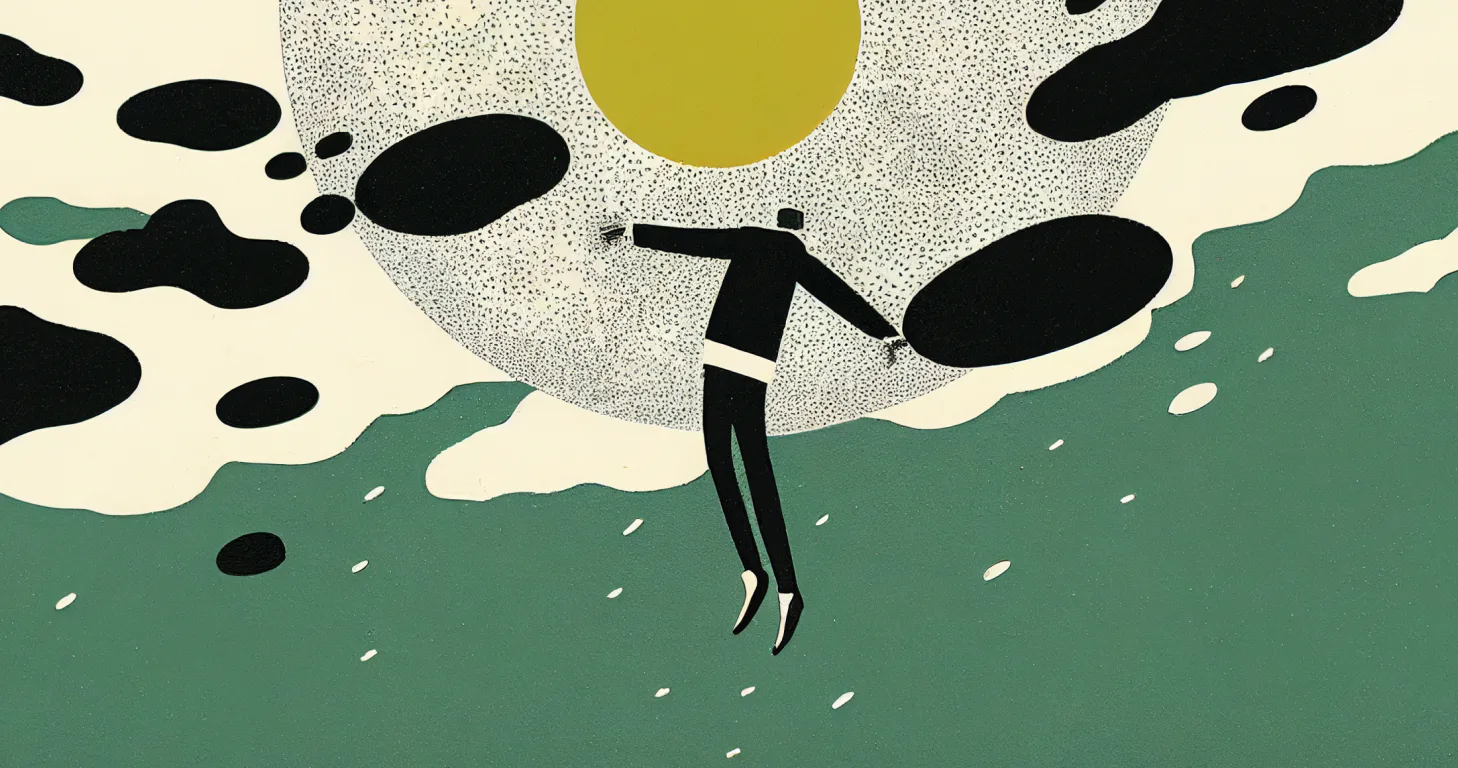
Psychedelics and the Death of the Ego
Bohmir underwent what’s known as ego death, or ego dissolution — a foundational experience in psychedelic phenomenology whereby death is a central theme. It’s not only that psychedelics have the power to obliterate the ego, albeit temporarily, but that anecdotal and clinical evidence also points to their potential in treating the bereaved, as well as those anxious about their own imminent passing (such as the elderly, or patients facing terminal illness). Indeed, grappling with the “three faces of death” (meant here as that of a loved one, of oneself, and of the ego) gives life meaning, and lies at the heart of what psychedelic consciousness and psychedelic substances stand to promise.(1)
Keep Up with Uncensored Psychedelic Trends
Join our newsletter at Psychedelics Uncensored.
We respect and protect your privacy. By subscribing your info will be subject to our privacy policy . Unsubscribe easily at any time
Philosophically speaking, ego death can be defined as a temporary state of the psyche, whereby perspective shifts from self-centered to unbiased. The body is bereft of the “me” that usually governs it — and yet, because “ego death” is not actual death — there’s still a consciousness that animates the flesh. Tuning into that underlying consciousness — some might call it the soul — is what carries healing potential for grief or end-of-life distress.
“Once the sense of self becomes suddenly depleted, science calls it ‘oceanic boundlessness’—you realize that who you call yourself can instantaneously dissolve into a bigger picture.”
Scientifically speaking, ego death occurs in the event of diminished activity in the Default Mode Network, the brain’s seat of the ego. “Once the sense of self becomes suddenly depleted, science calls it ‘oceanic boundlessness’ — you realize that who you call yourself can instantaneously dissolve into a bigger picture,” explains psychoneuropharmacologist Zeus Tipado, a Ph.D. candidate at Maastricht University. “It wipes the slate clean, and you can reassemble that sense of self, based on having seen it collapse.” As such, this temporary reset helps explain why psychoactive drugs can be helpful in ‘reprogramming’ fixed or stuck conditions like addiction or depression. Ego death helps people arrive at a core essence that both underlies and transcends the attachments, habits, memories, traumas, and construct of the ego.(2)
DMT and a Glimpse of Infinity
After Bohmir had come down from her DMT trip, she recognized it as life-changing. “As I moved forward, I understood more deeply on an emotional level that life was more than what I could see in the physical world,” she says. “I had always been interested in the spiritual aspect of reality, but after that experience, it was permanently a part of the way I perceived reality. I no longer fear death in the way that I did before because it makes more sense to me — emotionally and logically — that consciousness is eternal and that all creation rises from the impulse of love. Just as every being is born from the impulse to become one with another, that oneness is the platform that is present underneath all else.”
As one underground ayahuasca facilitator, Meir, explains, during ego death, a person might feel as if they are dying along with their ego. “And with that comes a rebirth,” he says. “If you’re working through a certain resistance or pattern, it’s only the ego that’s holding on, and then dying.” That’s in part why people are able to go through psychological transformations with the help of a psychedelic, and with the right set and setting (the mindset going into a trip, and the environmental factors surrounding it).
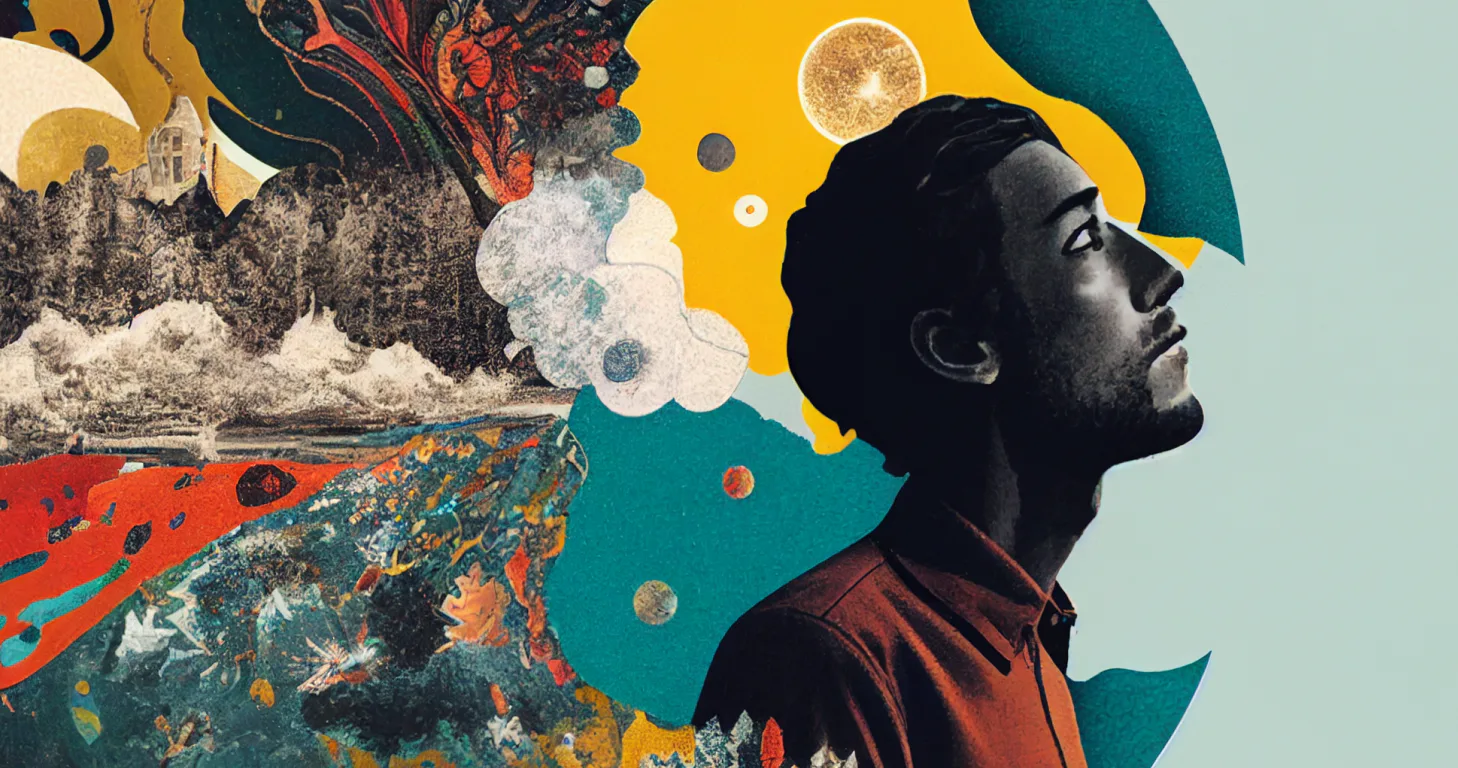
A person might recognize that life as they knew it isn’t as “real” as they thought, Meir continues, especially when they come to realize what lies beyond their mundane reality. “Maybe the life that’s beyond life — which we call death — is really what we’re preparing for, as something much greater,” he says. Adding that it’s helpful when someone (who undergoes ego death) has a sense of faith, or a guiding spiritual philosophy. “If you believe in karma, or the idea of a soul, you understand that there are all these blockages that make it hard to connect.” Those blockages are most often the confines of our ego’s outlook, or of physical reality.
However, once a person becomes less identified with the body or ego, and more identified with their soul — one’s inner Divinity, or a fractalized piece of the greater universal and infinite consciousness — it’s easier to see that “death is just another moment,” as spiritual leader Ram Dass put it in Polishing the Mirror. In Meir’s observations, under the influence of a psychedelic drug, some people are even able to better communicate with or feel the presence of lost loved ones — whose souls are felt to persist eternally, even once they’ve “left the body” and are no longer constrained by time and space.(3)
Keep Up with Psychedelic Trends
Get uncensored psychedelic news, events, and updates. Join Psychedelics Uncensored!
We respect and protect your privacy. By subscribing your info will be subject to our privacy policy . Unsubscribe easily at any time
Facing the Death of a Loved One
In an observational study on grief published in the journal Psychopharmacology, 50 bereaved participants experiencing shock, sadness, anger, lack of meaning, mistrust, and diminished self-worth, responded to a number of assessments both prior to, and after, an ayahuasca retreat in two-week, three-month, six-month, and one-year intervals. They reported encounters with their lost loved ones through biographical memories, communication, and subsequent emotional release. The researchers found that “the ceremonial use of ayahuasca has therapeutic value by reducing the severity of grief. Acceptance and decentering are both psychological processes that mediate the improvement of grief symptoms.” If it seems like the study is stating the obvious, that’s because it is. Science is only beginning to catch up with what indigenous wisdom has known about plant medicine for ages.(1, 4, 5)
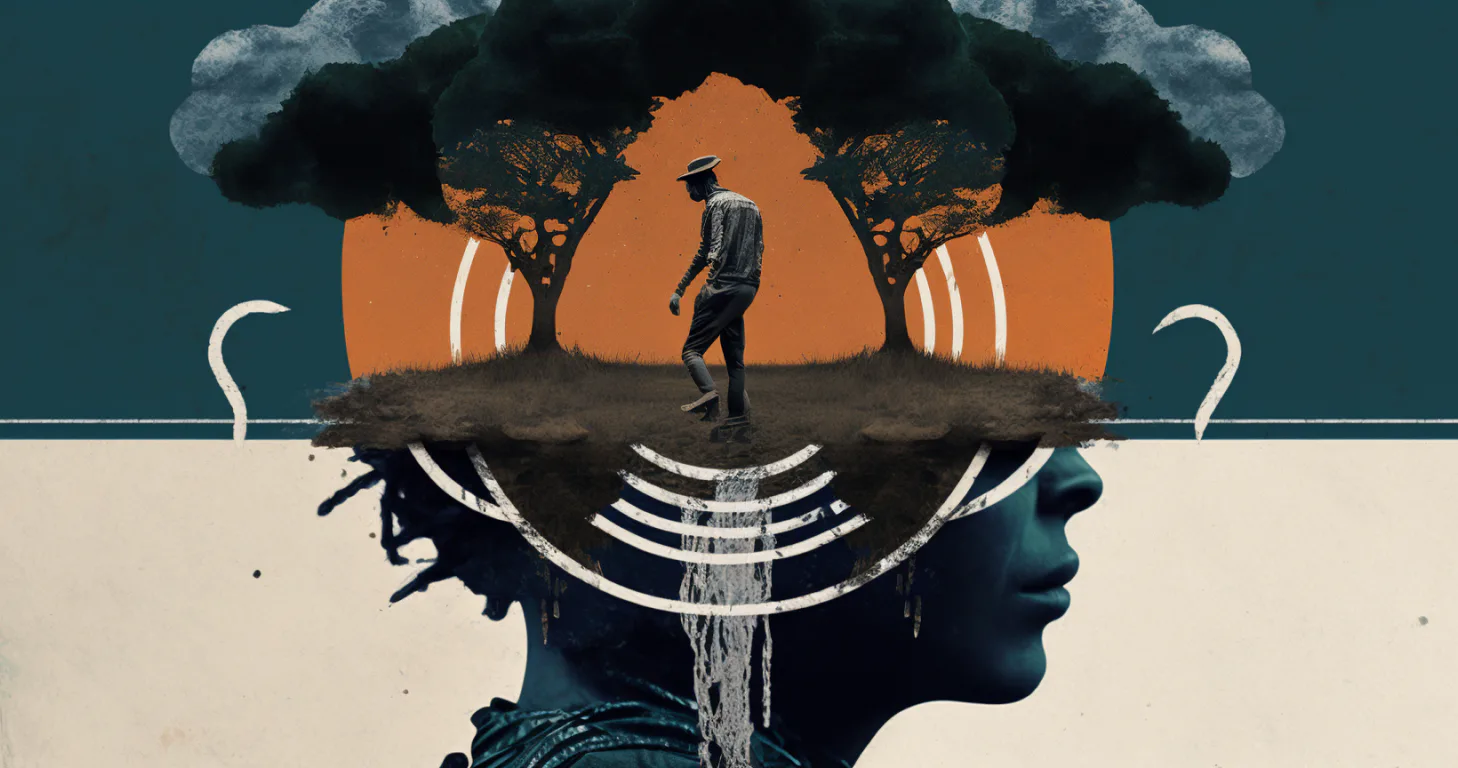
“If the doors of perception were cleansed, everything would appear to man as it is, Infinite. For man has closed himself up, till he sees all things thro’ narrow chinks of cavern.”
Research looking at entheogens like LSD has also pointed to psychedelics’ potential to ease existential distress. Research conducted by psychiatrist Stanislav Grof found that LSD and dipropyltryptamine (DPT) have enabled terminally ill patients to lessen their fear of death, thanks to helping them feel connected to a sense of spirituality greater than themselves. Through this perspective, as Ram Dass had articulated it, even if the physical body is ephemeral, the soul — and the greater Spirit or Consciousness it’s connected to — lives on in the grand, infinite moment. As the poet William Blake famously said (inspiring the title of Aldous Huxley’s seminal essay), “If the doors of perception were cleansed, everything would appear to man as it is, Infinite. For man has closed himself up, till he sees all things thro’ narrow chinks of cavern.” In other words, peek beyond the ego, and taste eternity.(6, 7)
Death Isn’t an End, It’s the First Step in a New Beginning
In a study conducted at Johns Hopkins, researchers compared the experiences of those who’d undergone near-death experiences and those who had participated in psychedelic trials geared toward the treatment of terminally ill patients with end-of-life anxiety and depression. While a number of clinical trials have shown that even a single treatment of psilocybin may sustainably minimize anxiety and depression among patients with life-threatening cancer diagnoses. Scientists have also found that a high dose of psilocybin in conjunction with psychotherapy led to increased acceptance of death and decreased angst around it. Similarly, looking at both psychedelic study subjects and near-death survivors, researchers found that 90% of participants in both groups had less fear of death. In comparison, 75% of the former and 85% of the latter also rated the experience among the top five most meaningful and spiritually significant of their lives — giving meaning and positive changes in well-being and life purpose for years to come.(8, 9)
“Death is definitely associated with the end of something, and of course, depending on how you were raised, it can also denote the beginning,” says Tipado. “Death could represent the beginning of a brand new life.” Indeed, even a radical shift in perception can be associated with death, he explains, since the old mindset perishes and a new one is born.
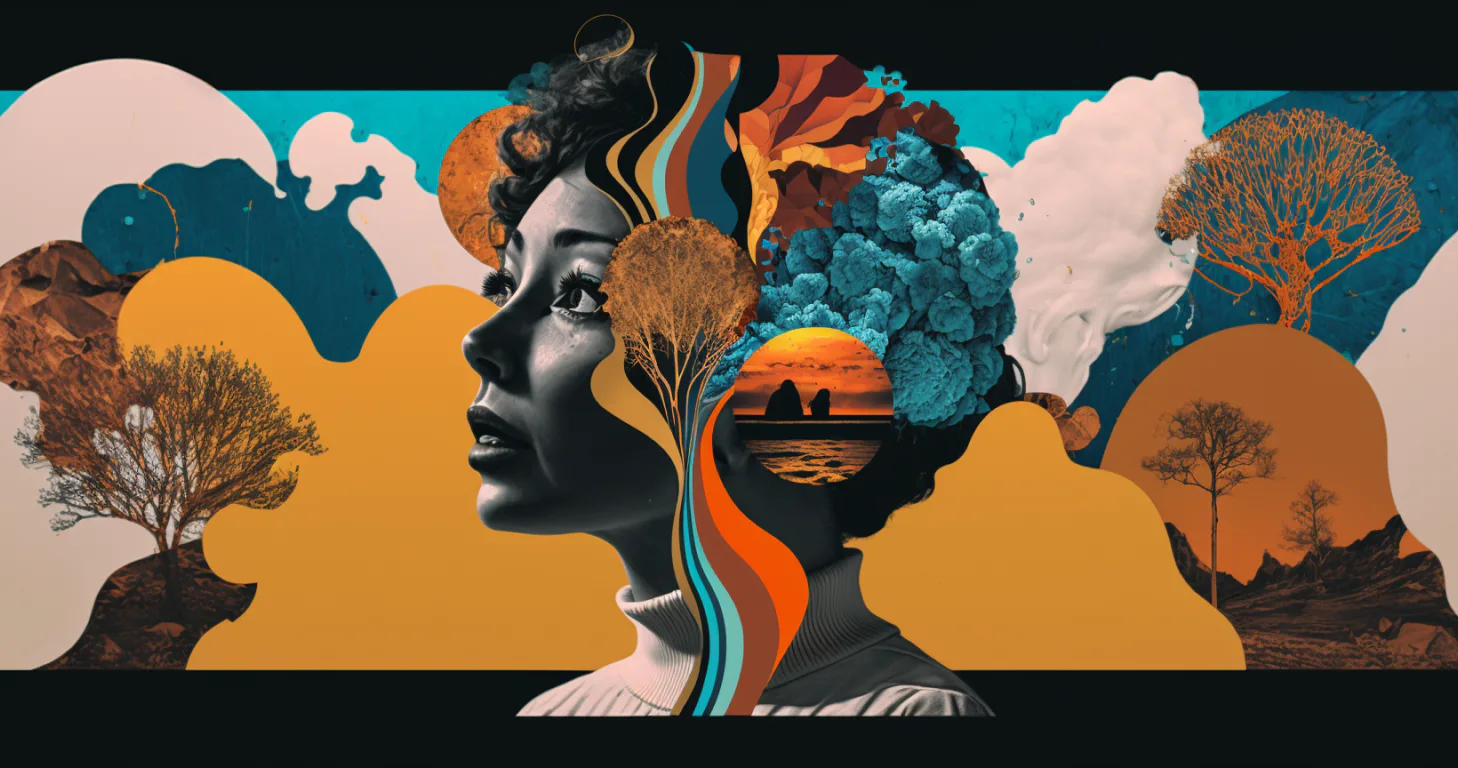
But to zoom out even further, when it comes to facing death and other difficult situations, a positive psychedelic experience can simply help a person cope. “There has been research showing that, for example, shrooms blunt the response that a person has for daily stress and anxiety,” Tipado explains. In the wake of such a trip, difficult, frustrating, or stressful tasks may be easier to get through. “A blunted response [with the help of psychedelic consciousness] doesn’t allow us to screw up our vibe, basically,” he says. Noting research showing that psilocybin, in particular, allows the body to create a protein that helps us deal with stress.(10, 11)
It’s when we can persevere through distress and fear that life truly opens up for us. “You’re on the other side when you’ve lost fear [because] fear is such a limiting quality,” says Rhoney Stanely, a former underground chemist who worked alongside Owsley “Bear” Stanley, sound engineer for the Grateful Dead and America’s most prolific acid manufacturer. Between 1965 and 1967, he produced more than 500 grams of LSD, or about 5 million doses. Stanley, herself, had undergone LSD-induced ego death when she realized during one fateful trip that she was “the same as everyone else” — a real-life, psychedelic experience out of the Beatles’ “I Am the Walrus” (“I am he as you are he as you are me / And we are all together”).
“Then what happened was I started thinking, well, if there’s nothing singular about me that means I’m replaceable, and that anybody could be me, so why should I be alive? I was considering suicide or thinking, ‘why is my life valuable?’ and it was like going through death,” Stanley describes her ego death experience. “I was standing on a bridge looking at the great beyond, thinking, ‘I’m just form, and it’s the soul that’s me.’” It was that awareness in her daily functioning that gave new purpose to Stanley’s life, as she made it her mission to team up with Owsley and alchemize LSD for the masses — giving way to the ‘60s counterculture revolution. “That awareness was of the difference between ego and self,” she explains. “The self was more a consciousness that resided in everyone. It wasn’t my mind. It wasn’t my form. It was something else.”
Her taste of death is what gave life new meaning. “It is so important because you have to live death,” says Stanley. “You have to live life with death in it. It’s not something that you come to the end of life, and then you die. It’s not like that. Death is part of life.”
Sources

1. González, D., Cantillo, J., Pérez, I., Farré, M., Feilding, A., Obiols, J. E., & Bouso, J. C. (2020). Therapeutic potential of ayahuasca in grief: a prospective, observational study. Psychopharmacology. https://doi.org/10.1007/s00213-019-05446-2
2. Carhart-Harris, R. L., & Friston, K. J. (2010). The default-mode, ego-functions and free-energy: a neurobiological account of Freudian ideas. Brain, 133(4), 1265–1283. https://doi.org/10.1093/brain/awq010
3. Dass, R. (2013). Polishing the Mirror. Sounds True.
4. Bouso, J. C., Palhano-Fontes, F., Rodríguez-Fornells, A., Ribeiro, S., Sanches, R., Crippa, J. A. S., Hallak, J. E. C., de Araujo, D. B., & Riba, J. (2015). Long-term use of psychedelic drugs is associated with differences in brain structure and personality in humans. European Neuropsychopharmacology, 25(4), 483–492. https://doi.org/10.1016/j.euroneuro.2015.01.008
5. Metzner, R. (2005). Sacred Vine of Spirits: Ayahuasca. Inner Traditions / Bear & Co.
6. Grof, S., Goodman, L. E., Richards, W. A., & Kurland, A. A. (1973). LSD-Assisted Psychotherapy in Patients with Terminal Cancer. International Pharmacopsychiatry, 8(3), 129–144. https://doi.org/10.1159/000467984
7. Blake, W., & Hoopla Digital. (2012). The marriage of Heaven and Hell : in full color. Dover Publications.
8. Psychedelics May Lessen Fear of Death and Dying, Similar to Feelings Reported by Those Who’ve Had Near Death Experiences. (2022, August 24). Johns Hopkins Medicine Newsroom. https://www.hopkinsmedicine.org/news/newsroom/news-releases/psychedelics-may-lessen-fear-of-death-and-dying-similar-to-feelings-reported-by-those-whove-had-near-death-experiences
9. Grob, C. S., Danforth, A. L., Chopra, G. S., Hagerty, M., McKay, C. R., Halberstadt, A. L., & Greer, G. R. (2011). Pilot Study of Psilocybin Treatment for Anxiety in Patients With Advanced-Stage Cancer. Archives of General Psychiatry, 68(1), 71. https://doi.org/10.1001/archgenpsychiatry.2010.116
10. Shao, L.-X., Liao, C., Gregg, I., Davoudian, P. A., Savalia, N. K., Delagarza, K., & Kwan, A. C. (2021). Psilocybin Induces Rapid and Persistent Growth of Dendritic Spines in Frontal Cortex In vivo. Neuron, 109(16). https://doi.org/10.1016/j.neuron.2021.06.008
11. Yu, C.-L., Yang, F.-C., Yang, S.-N., Tseng, P.-T., Stubbs, B., Yeh, T.-C., Hsu, C.-W., Li, D.-J., & Liang, C.-S. (2021). Psilocybin for End-of-Life Anxiety Symptoms: A Systematic Review and Meta-Analysis. Psychiatry Investigation, 18(10), 958–967. https://doi.org/10.30773/pi.2021.0209
This material is not intended as a replacement or substitute for any legal or medical advice. Always consult a medical professional about your health needs. Psychedelics are widely illegal in the United States, and readers should always be informed about local, state, and federal regulations regarding psychedelics or other drugs.
 Madison Margolin
Madison Margolin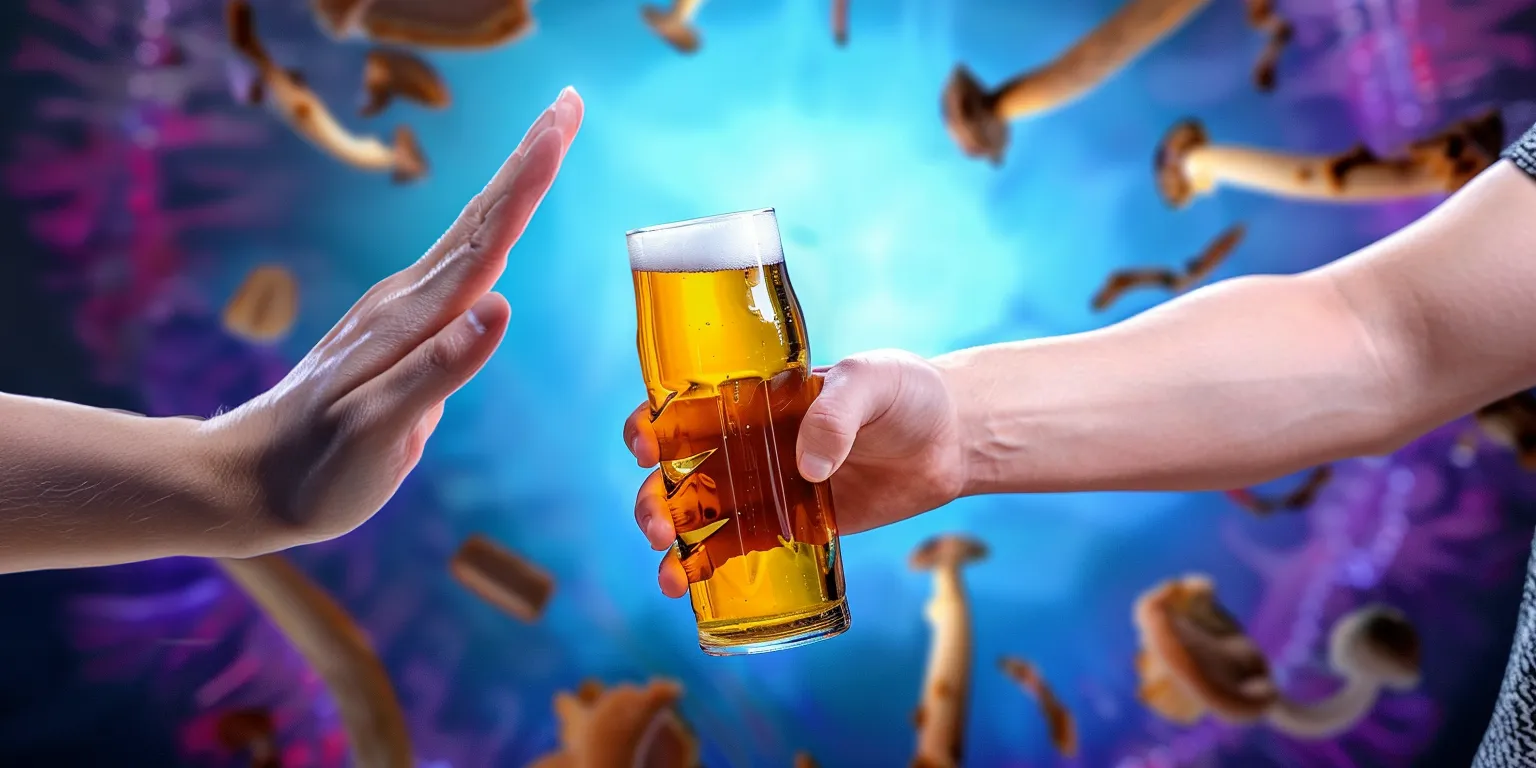
 David Connell
David Connell